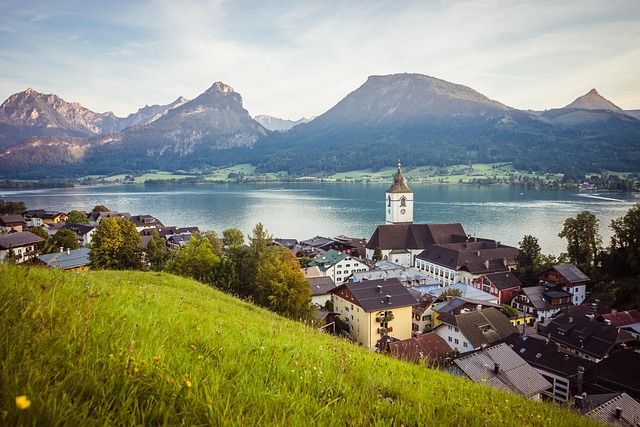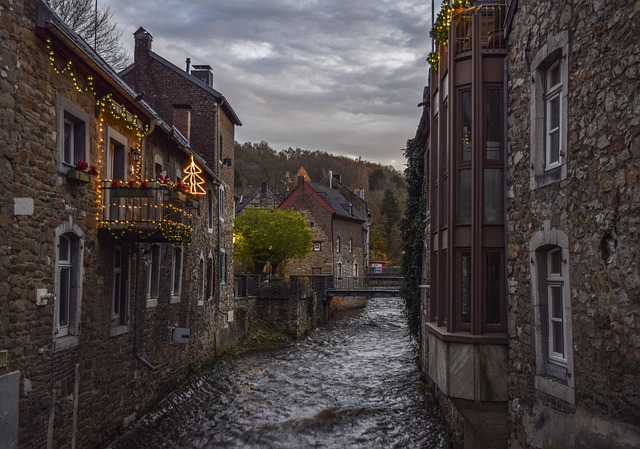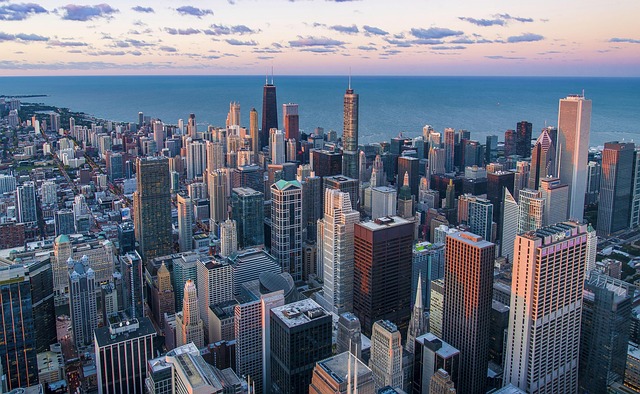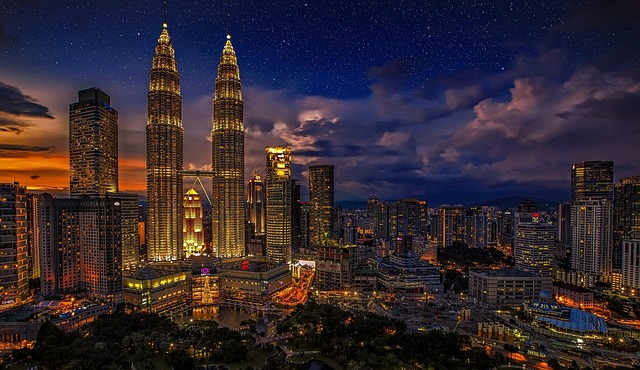London Bridge, a historic landmark with centuries of existence, has witnessed the dynamic evolution of London's real estate scene. Initially a functional wooden structure, it transformed into an iconic global landmark due to nearby developments, high-rise buildings, and modern architecture. Its prime location, scenic views, and cultural significance make it a bustling tourist attraction, significantly influencing the surrounding real estate market. The area offers diverse investment opportunities, including converting historical buildings and developing commercial spaces, driven by high demand for properties close to transport links, cultural hotspots, and the city's financial heart.
London Bridge, an iconic landmark spanning the River Thames, has evolved from a vital transportation hub to a bustling tourist attraction. Its rich historical background, marked by centuries of construction and reconstruction, reflects the city’s dynamic growth. This article delves into the transformation of London Bridge into a vibrant destination, exploring its architectural marvels and cultural significance. Additionally, we analyze the real estate opportunities and investments that have been fostered by this iconic structure, shedding light on its economic impact in terms of property development and tourism.
Historical Background of London Bridge

London Bridge, one of the city’s most iconic landmarks, boasts a rich historical background that dates back centuries. Originally built in the medieval period, the bridge has undergone significant transformations over time, reflecting the evolving landscape of real estate and urban development. Starting as a simple wooden structure, it became a vital part of London’s growing network, connecting the North and South sides of the River Thames.
The historical significance of London Bridge lies not only in its architectural evolution but also in its role as a gateway to the city. Over the years, the bridge has witnessed the rise and fall of various industries, from being a bustling hub for trade and transportation to accommodating modern-day pedestrians and vehicles. Its enduring appeal and continuous development highlight the dynamic nature of real estate in one of the world’s most vibrant cities.
The Evolution of London Bridge as a Tourist Destination
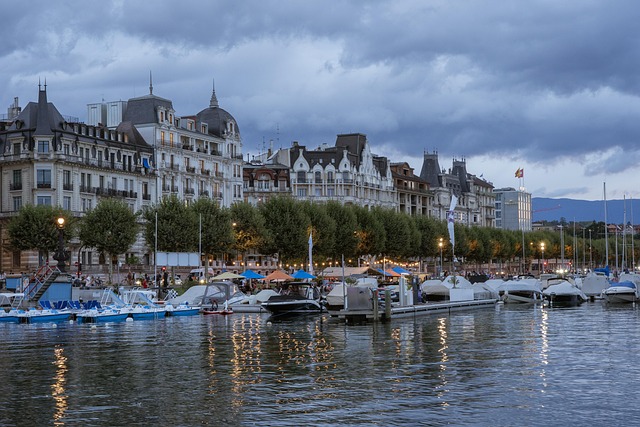
London Bridge has undergone a remarkable transformation from a functional crossing to becoming one of the city’s most iconic landmarks, attracting tourists worldwide. Its evolution as a tourist destination is closely tied to the real estate developments surrounding it. Over the years, the area has seen a surge in high-rise buildings and modern architecture, creating a stunning backdrop for the bridge. This urban renewal has not only elevated London Bridge’s aesthetic appeal but also positioned it at the heart of the city’s vibrant cultural scene.
The bridge’s strategic location, connecting major landmarks and offering breathtaking views of the River Thames, has been pivotal in its success as a tourist attraction. With the rise of experiential travel, London Bridge now caters to a diverse range of visitors, from history enthusiasts exploring the area’s rich past to modern-day adventurers seeking Instagrammable moments against the bridge’s dramatic setting.
Real Estate Opportunities and Investments Around London Bridge
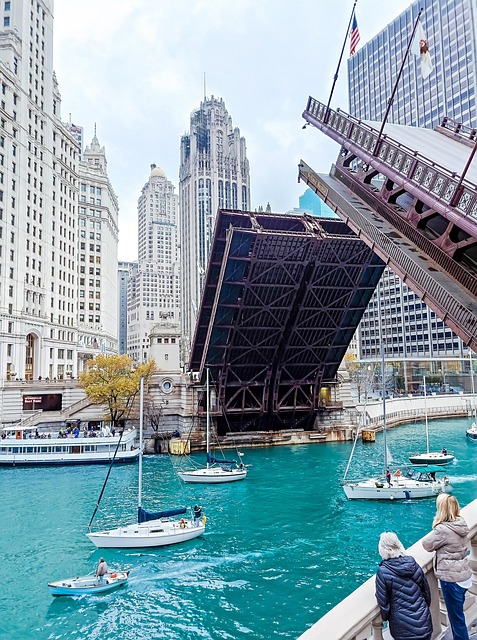
London Bridge, as a bustling tourist attraction and iconic landmark, has significant implications for the surrounding real estate market. The area boasts a vibrant mix of history and modernity, attracting both locals and visitors alike. This unique blend creates a diverse range of real estate opportunities, from historic conversions to contemporary developments. Investors are drawn to the region’s potential, with properties near London Bridge often seeing high demand due to their proximity to major transport links, cultural hotspots, and the city’s financial heart.
The real estate scene around London Bridge offers a variety of investment options. Historical buildings can be converted into stylish apartments or boutique hotels, catering to tourists and young professionals. Commercial spaces benefit from the area’s footfall, making them ideal for retail, dining, or co-working ventures. Moreover, the ongoing regeneration projects in the region present further chances for developers and investors to contribute to, and profit from, London Bridge’s ever-evolving landscape.
